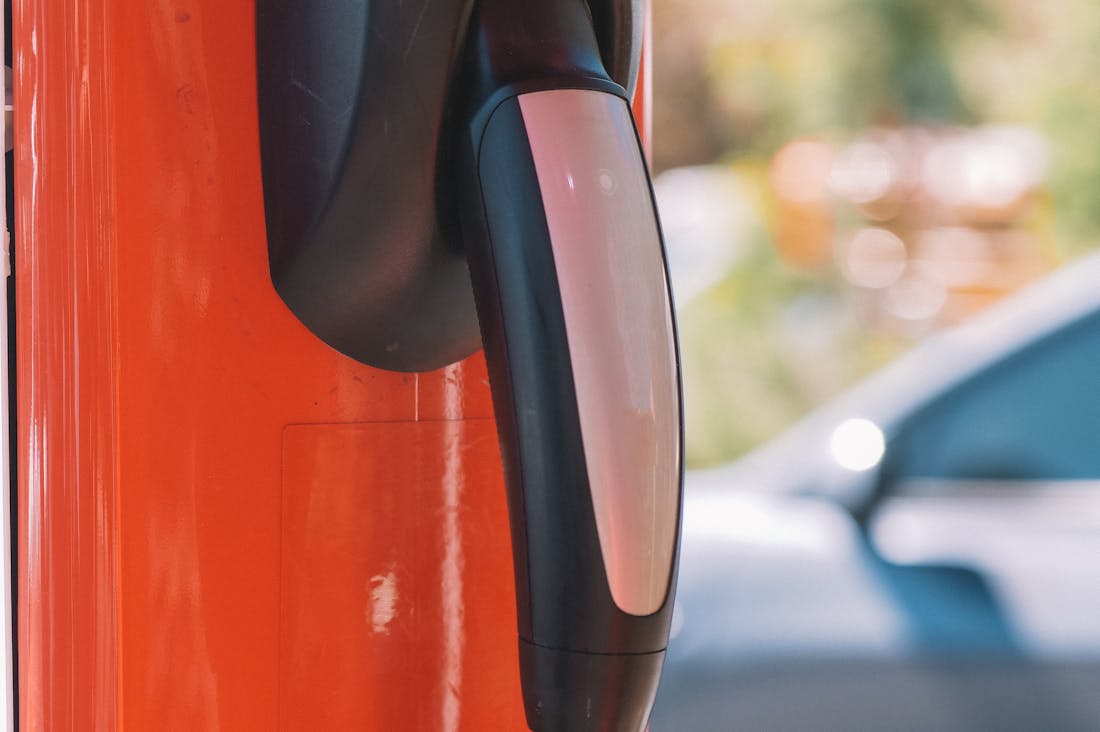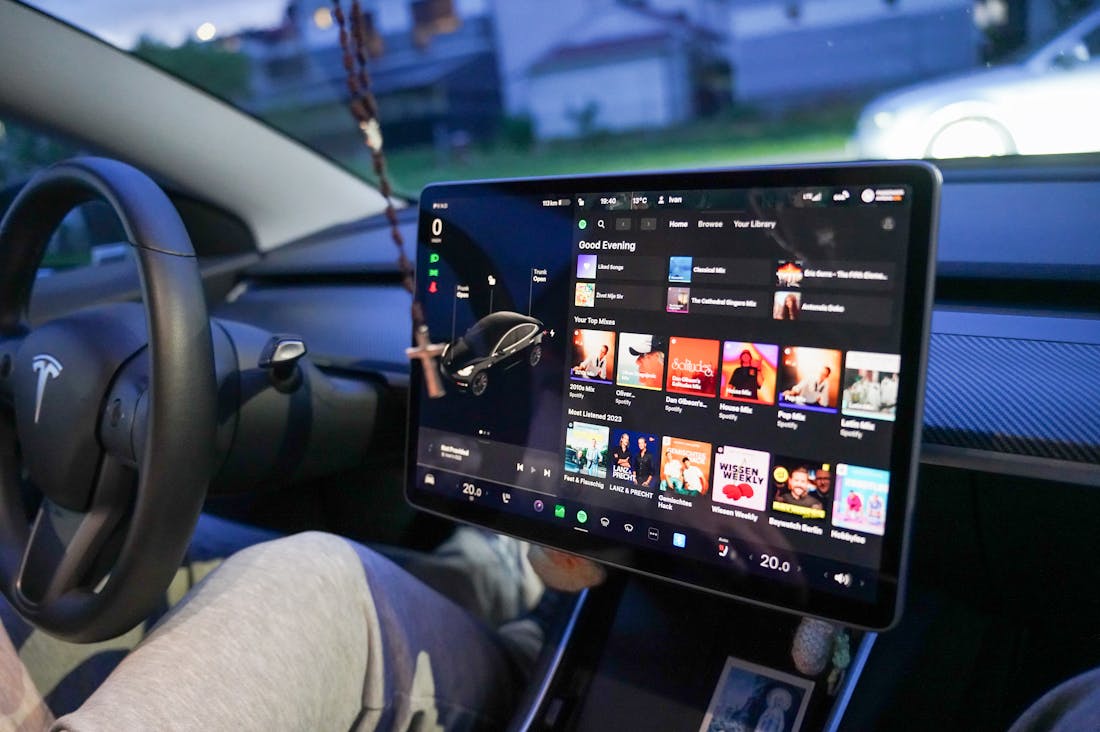As we stand on the brink of a technological revolution, the automotive industry is undergoing a profound transformation shaped by groundbreaking innovations. From electric powertrains to autonomous driving systems, the future of auto technology promises to redefine our relationship with vehicles. This exploration delves into the key advancements steering the next generation of vehicles, highlighting how they are enhancing efficiency, safety, and sustainability. As we navigate this exciting landscape, we will uncover the innovations that are not only changing how we travel but also shaping the world around us. Join us as we drive into the future of auto technology!

The Rise of Electric Vehicles and Sustainable Practices
The rise of electric vehicles (EVs) marks a significant turning point in our quest for sustainable transportation, driven by escalating concerns over climate change, air pollution, and diminishing fossil fuel reserves. Governments and manufacturers are investing heavily in EV technology, improving battery efficiency, and expanding charging infrastructure to make these vehicles more accessible to consumers. This shift not only reduces greenhouse gas emissions but also promotes cleaner urban air quality. Additionally, the integration of renewable energy sources, such as solar and wind power, into the charging ecosystem further enhances the sustainability of EVs. Alongside this surge in electric vehicles, there is a growing emphasis on circular economy principles, encouraging responsible sourcing of materials, recycling, and reducing waste across the automotive industry. As societal awareness of environmental issues grows, sustainable practices are becoming integral to the future of transportation, paving the way for a more eco-friendly world.

Autonomous Driving: The Next Frontier of Mobility
Autonomous driving represents a revolutionary leap in the evolution of transportation, redefining mobility in profound ways. This cutting-edge technology utilizes sophisticated algorithms, machine learning, and an array of sensors, including LIDAR and cameras, to navigate vehicles without human intervention. The promise of self-driving cars lies not only in enhancing safety—by significantly reducing accidents caused by human error—but also in improving traffic flow and accessibility, particularly for those unable to drive. Furthermore, the integration of autonomous vehicles into public and private transportation systems could alleviate urban congestion and decrease emissions. As research and development accelerate, the adoption of autonomous driving stands poised to reshape urban landscapes, influence infrastructure design, and change the way we perceive personal and public mobility, ushering in a new era of convenience and efficiency in our daily lives.

Smart Features and Connectivity: Enhancing the Driving Experience
Smart features and connectivity have revolutionized the driving experience, seamlessly integrating advanced technology into vehicles to enhance safety, convenience, and enjoyment. Modern cars are now equipped with systems that provide real-time navigation, traffic updates, and even weather forecasts, ensuring drivers are well-informed. Features like adaptive cruise control and lane-keeping assist not only enhance comfort but also promote safer driving conditions by reducing the likelihood of accidents. Connectivity options, such as smartphone integration and in-car Wi-Fi, allow for effortless access to entertainment and communication while on the road. Ultimately, these innovations create a more engaging and secure driving environment, making journeys more enjoyable and efficient.
The Role of Artificial Intelligence in Automotive Technology
Artificial intelligence (AI) is rapidly transforming the automotive landscape, enhancing various aspects of vehicle functionality and driver experience. AI algorithms analyze vast amounts of data from multiple sources, improving predictive maintenance, vehicle diagnostics, and even personalized driving experiences. Machine learning enhances vehicle performance by adapting to driving habits, leading to optimized fuel efficiency and smoother rides. Furthermore, AI-powered systems facilitate advanced safety features, such as collision avoidance and emergency braking, which significantly reduce accident risks. As AI continues to evolve, its integration into vehicles will deepen, providing smarter solutions for both manufacturers and consumers alike.
Exploring the Impact of Vehicle-to-Everything Communication
Vehicle-to-Everything (V2X) communication is an innovative technology that enables vehicles to communicate with infrastructure, other vehicles, and even pedestrians. This connectivity enhances safety by providing critical information about road conditions, traffic signals, and potential hazards, allowing drivers to make informed decisions. V2X is particularly beneficial in urban environments, where traffic congestion and accidents are prevalent. This technology can facilitate more efficient traffic management systems, promoting smoother flows and reducing emissions. As cities adopt smart infrastructure, the role of V2X technology will be crucial in creating safer and more efficient transportation ecosystems for all users.
The Future of Sustainable Materials in Automotive Design
As the automotive industry pivots toward sustainability, the use of eco-friendly materials is gaining traction in vehicle design and manufacturing. Automakers are exploring alternatives to traditional materials, such as bio-based plastics, recycled metals, and natural fibers, to reduce the environmental impact of their vehicles. These materials not only lessen the carbon footprint during production but also enhance recyclability at the end of a vehicle's life cycle. Companies are increasingly prioritizing life cycle assessments to ensure that their sourcing and manufacturing processes align with sustainability goals. By adopting innovative materials and practices, the industry can significantly contribute to a circular economy while appealing to environmentally conscious consumers.
Challenges and Opportunities in the Automotive Tech Revolution
While the advancements in automotive technology present numerous opportunities for innovation, they also come with significant challenges. Regulatory hurdles, safety concerns, and the need for substantial infrastructure investment are critical factors that stakeholders must address. Additionally, the rapid pace of technological change can lead to consumer apprehension about the reliability and safety of new features. However, these challenges also present opportunities for collaboration among automakers, tech companies, and governments to create a cohesive framework for the future of transportation. By fostering partnerships and investing in research and development, the industry can navigate these challenges while driving forward the next era of automotive technology.
AI-Assisted Content Disclaimer
This article was created with AI assistance and reviewed by a human for accuracy and clarity.